Places to go (when we can go places) – I’m digging out and sprucing up blog posts to bring fantastically inspiring places to all you writers out there. Stay safe.
#2 HMS Victory
HMS Victory was the flagship of Lord Nelson, Vice Admiral of the British Navy. At the Battle of Trafalgar in 1805, he helped the British to victory against Napoleon’s fleet – but lost his own life. Today HMS Victory sits at Portsmouth Historic Dockyard where she’s been carefully preserved providing a fantastic porthole into Georgian Naval life.
I’ve explored HMS Victory many times, from when I was a child. But she’s had a refresh so you can see more of her uniqueness. The self-guided tour uses laser activated voice guides to tell you what happened on the ship during her most famous fight.
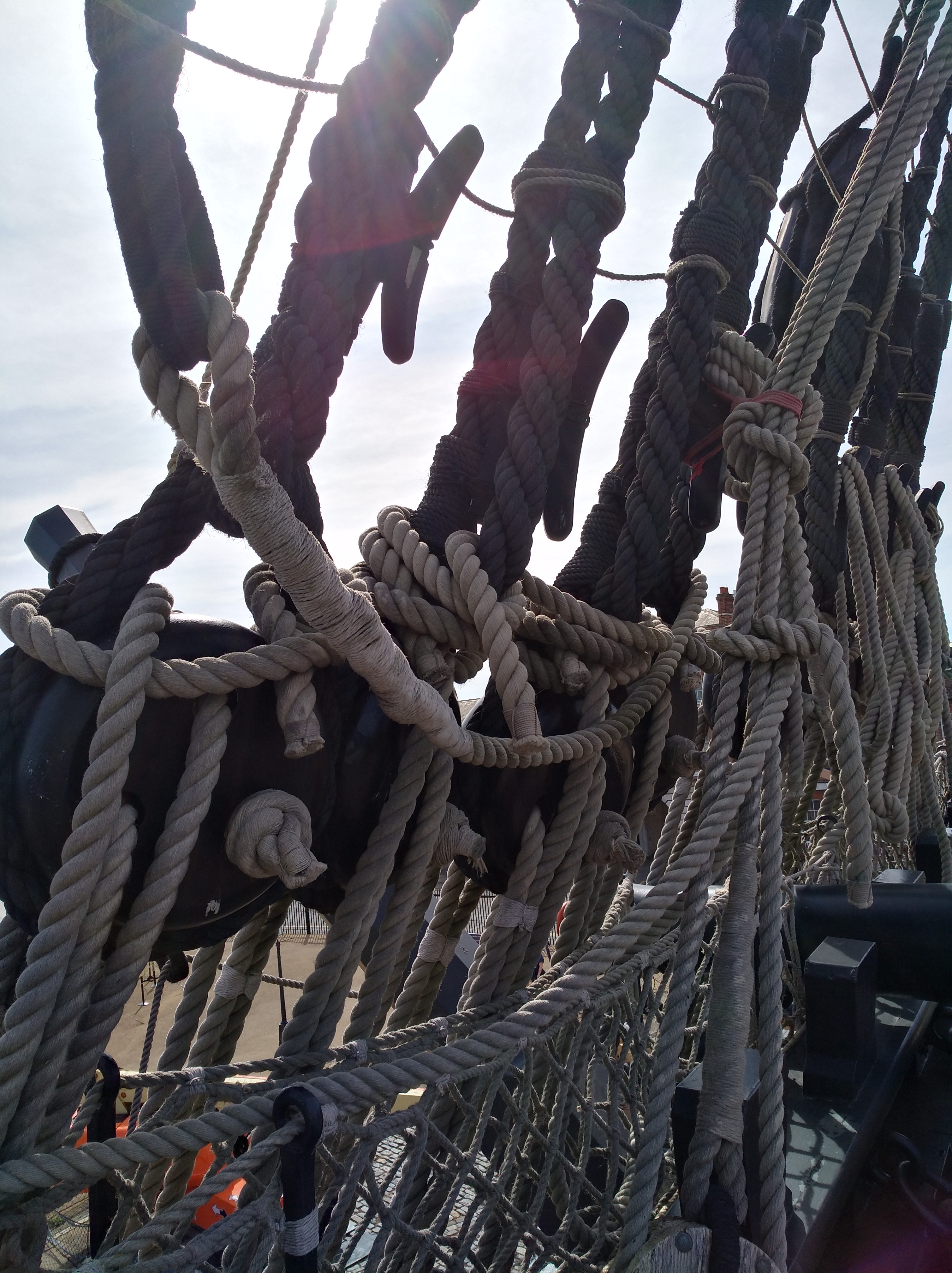
And whilst there’s been many stories written about this ship, her Commander and the Navy around this time, there’s always room for more. If you’re a writer who’s interested in historical fiction, this floating museum is a source of inspiration and information.
Life for the regular sailor below decks was cramped and dark. You get a real sense of how they lived, crammed together at tables laid for dinner, between the giant cannons, and tiny, swinging hammocks strung across the low ceilings. The HMS Victory was the height of technology when it was built. This wasn’t just a ship, it was a floating town, one that had to be completely self-sufficient.
The main kitchen has a massive oven capable of serving its large crew. Further below, deep in the bowels, carpenters and doctors worked, surrounded by swathes of ropes, guns, ammunition, and hoards of stores.
Fresh vegetables were a luxury, but HMS Victory could send out supply ships if land was close enough. Further up, back near the fresher air, the officers quarters were comparatively luxurious. They at least had a small amount of private space, and a proper bed.
The self-guided tour gives a good description of the chaos and terror that was involved in the battle of Trafalgar. It focuses on Nelson’s last hours after he was shot and his back broken. On deck a small brass plaque indicates the spot where he fell.
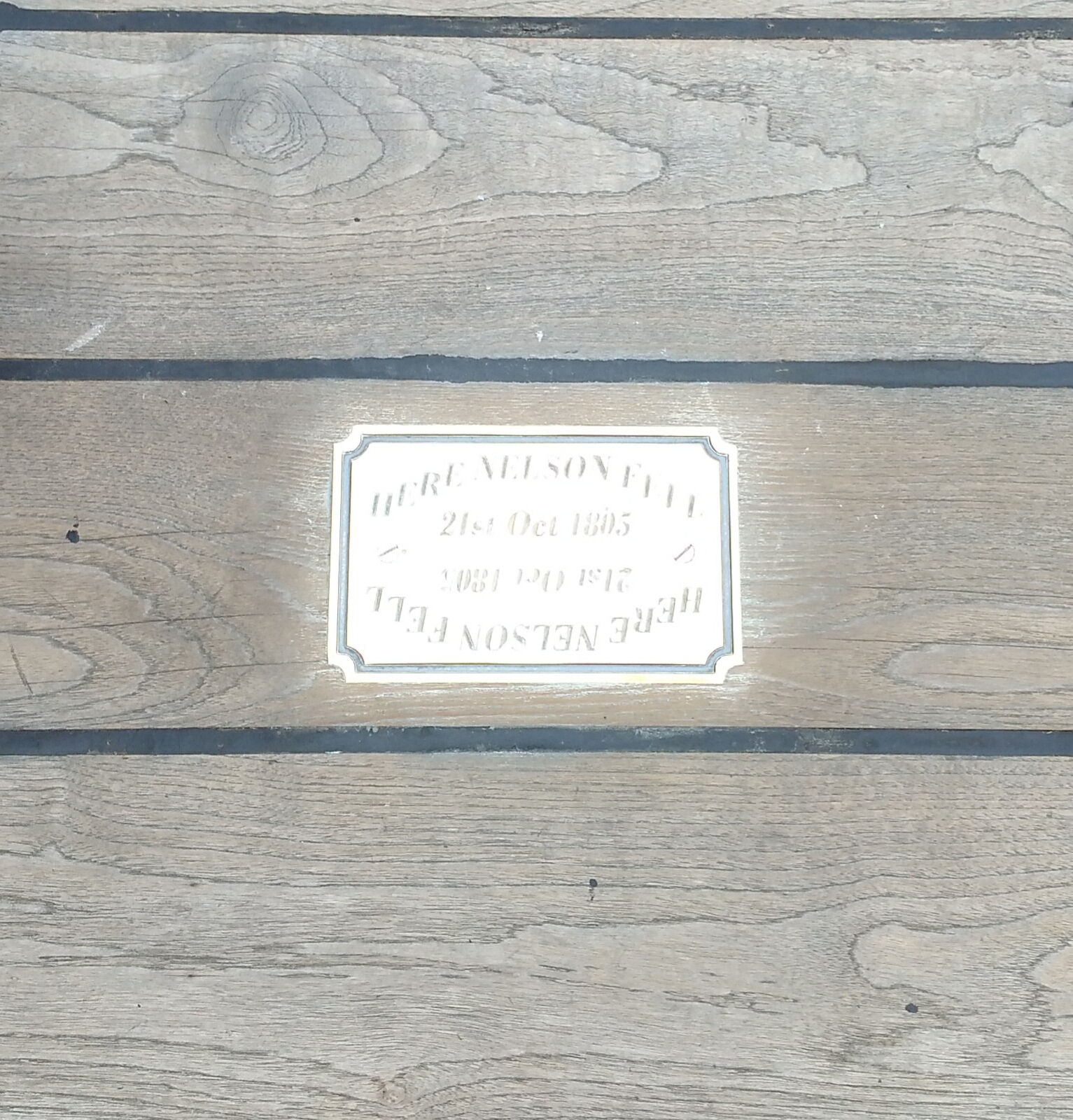
But it’s in the lower decks where you really feel the atmosphere. The claustrophobic conditions must have been hellish during battle, with cannonballs blasting through the walls, wounded men screaming and bodies dashing up and down decks laden with supplies. The lights were dimmed here as they would have been during sea life, so it was hard to capture too many good photos (no flash allowed!)
I’m not really into military history, but I do like history, and the way the story of the battle was told had be enthralled.
From a writing perspective, even if your book isn’t about naval life, if you’re writing about the Georgian era, a visit will still give you food for thought. The sensations of being in this place could easily be transposed to a setting such as a submarine or even a spaceship. What kind of character would choose this life and how would they cope? It also gives a good reminder of the need for detail to evoke a time and place – smells, sounds etc.
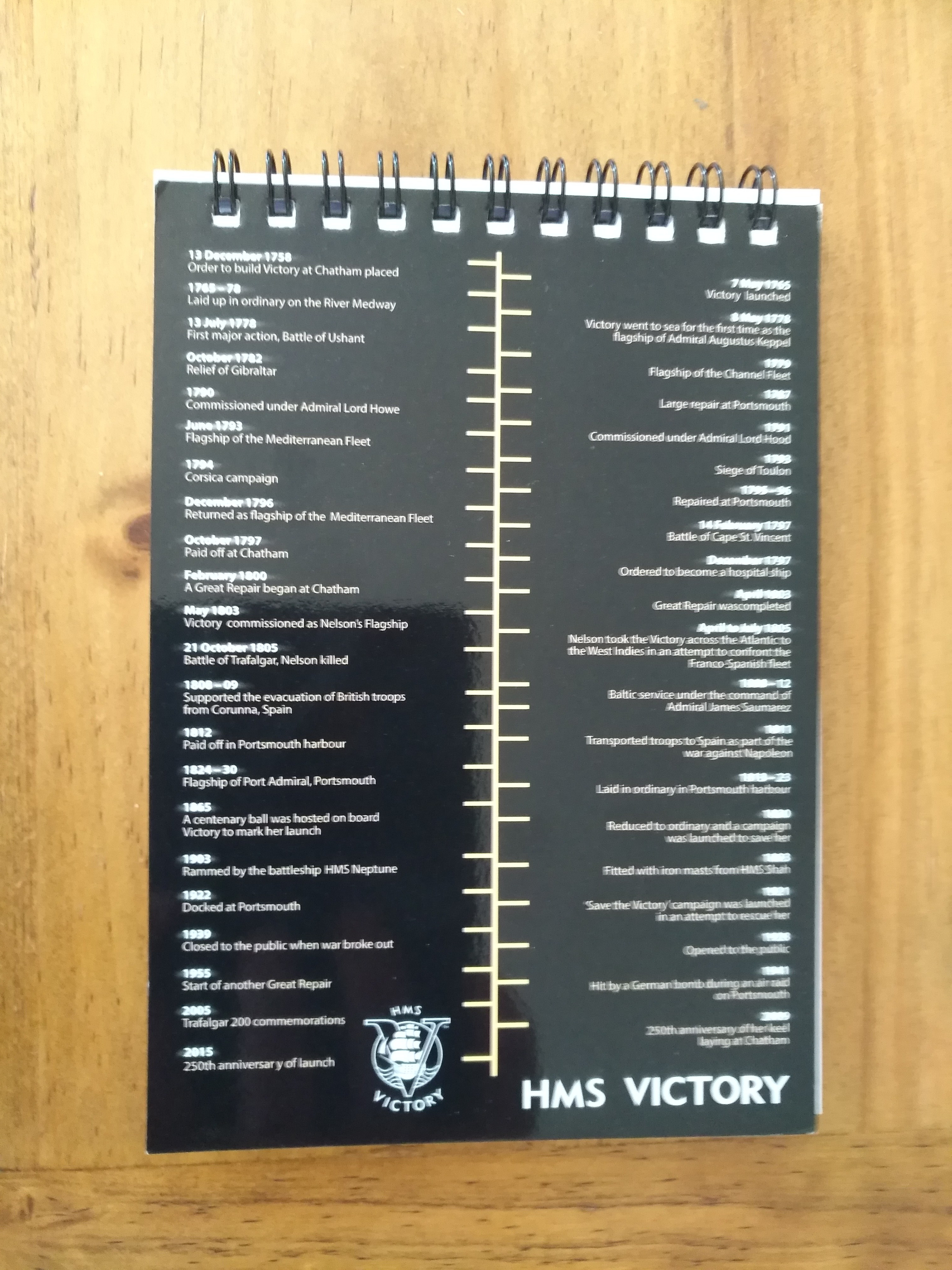


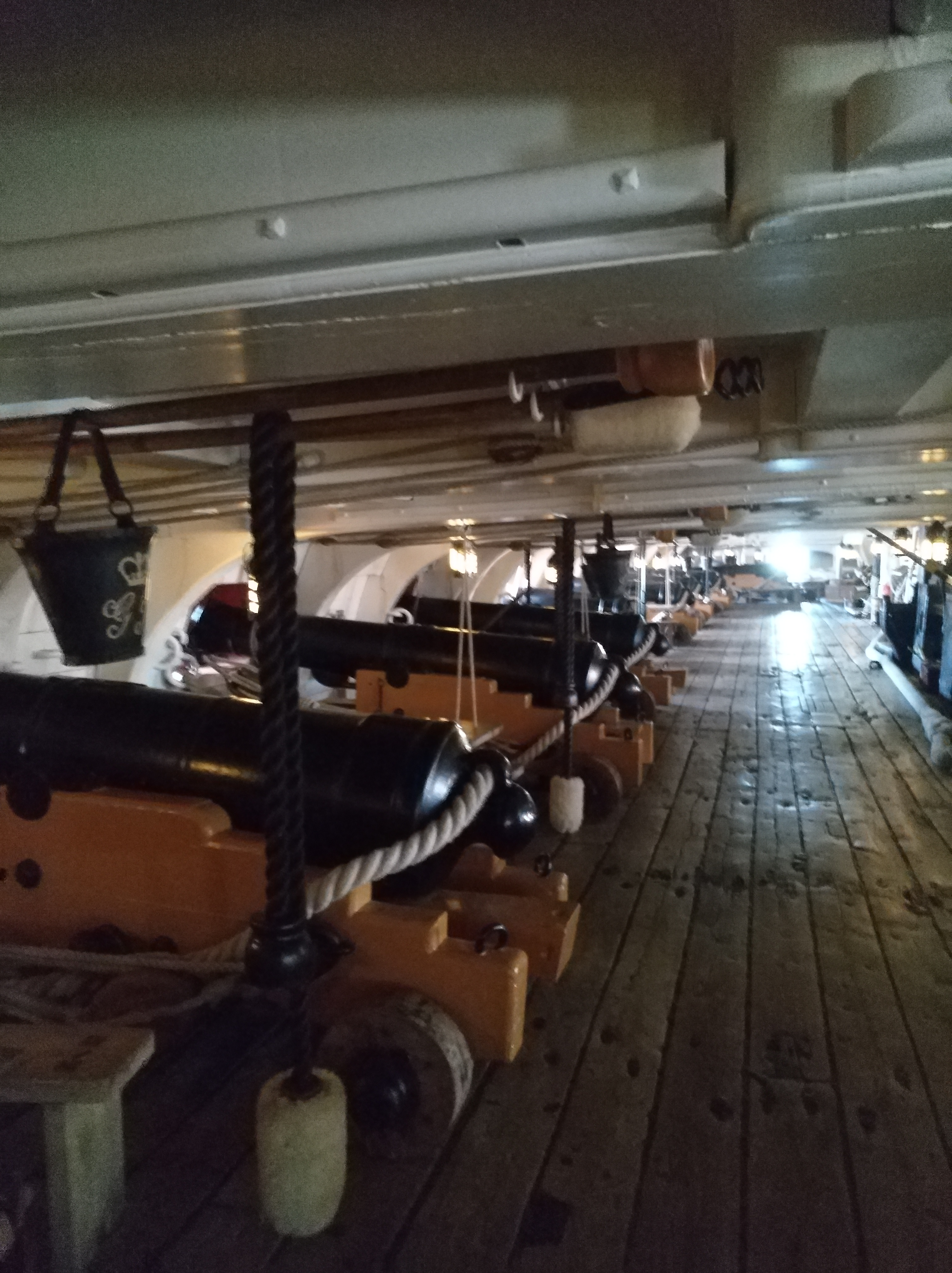
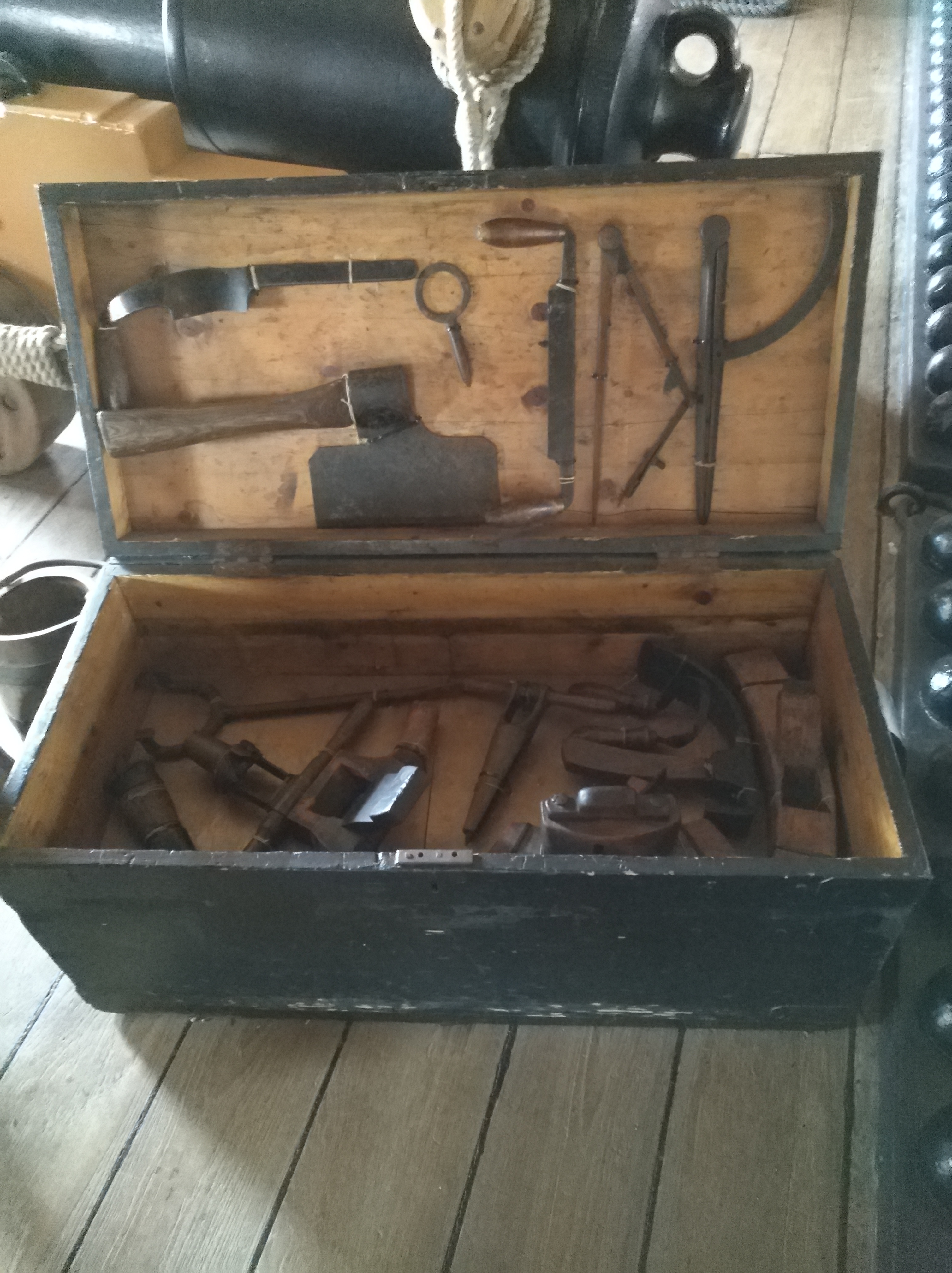
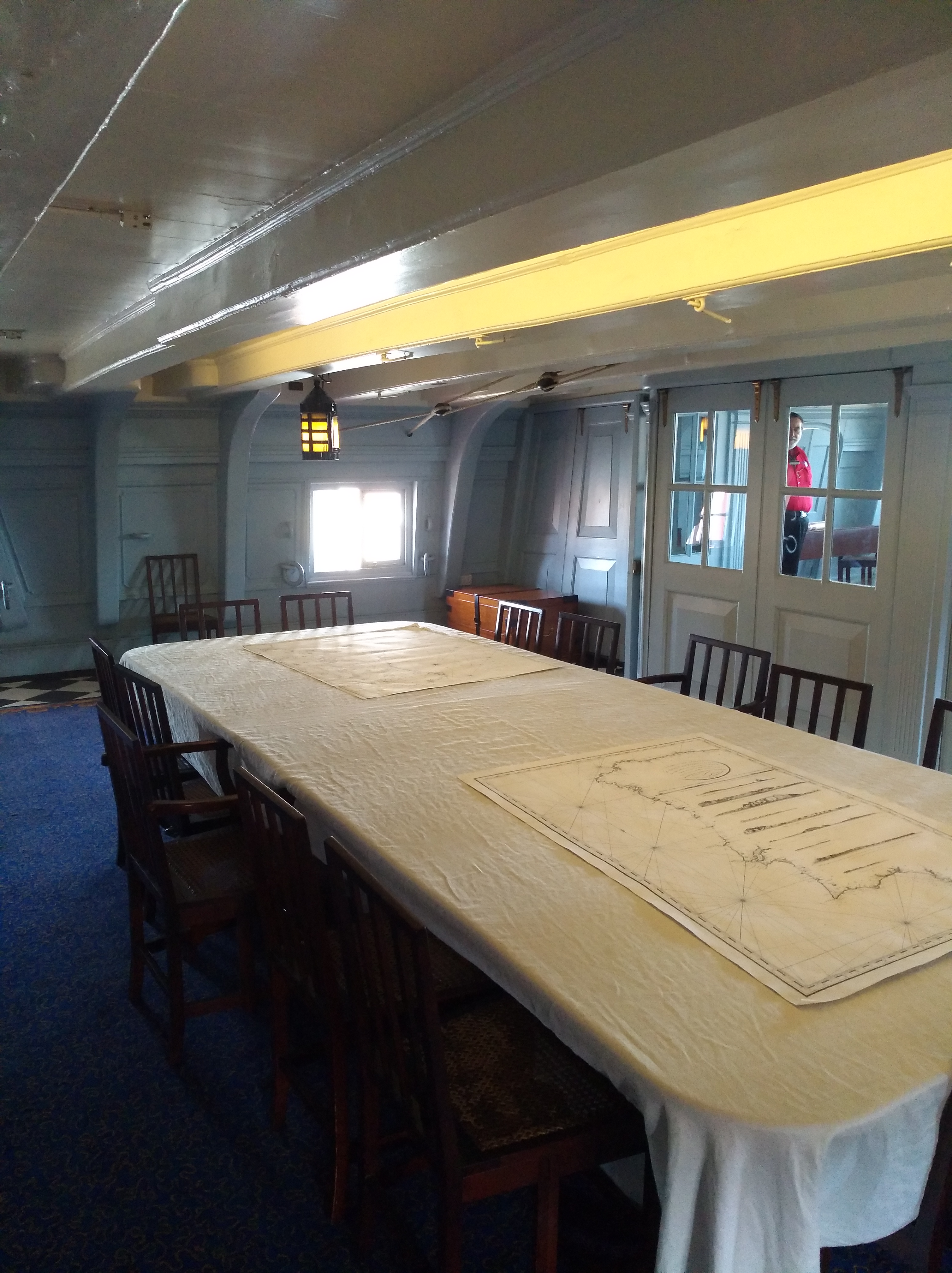
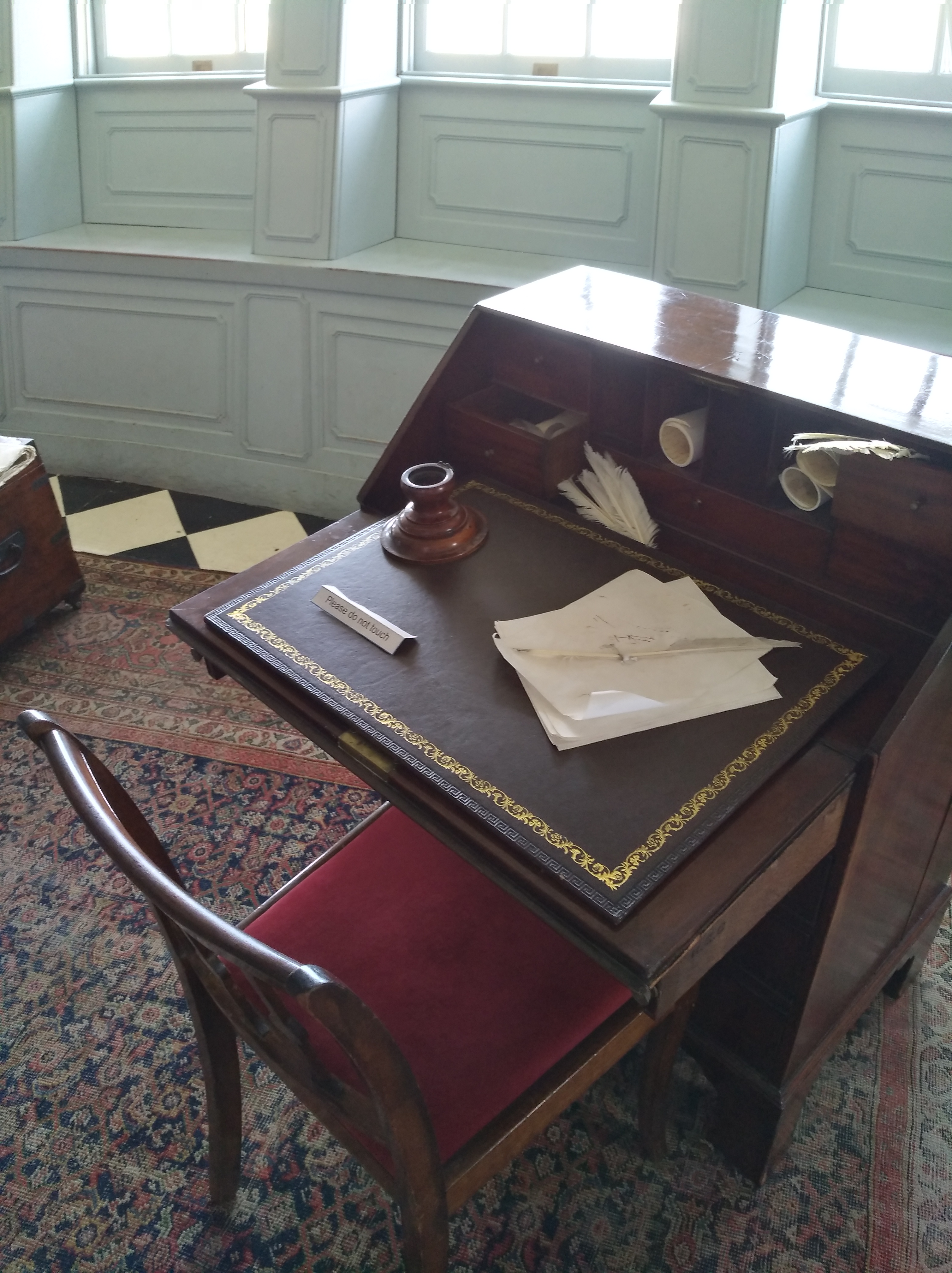
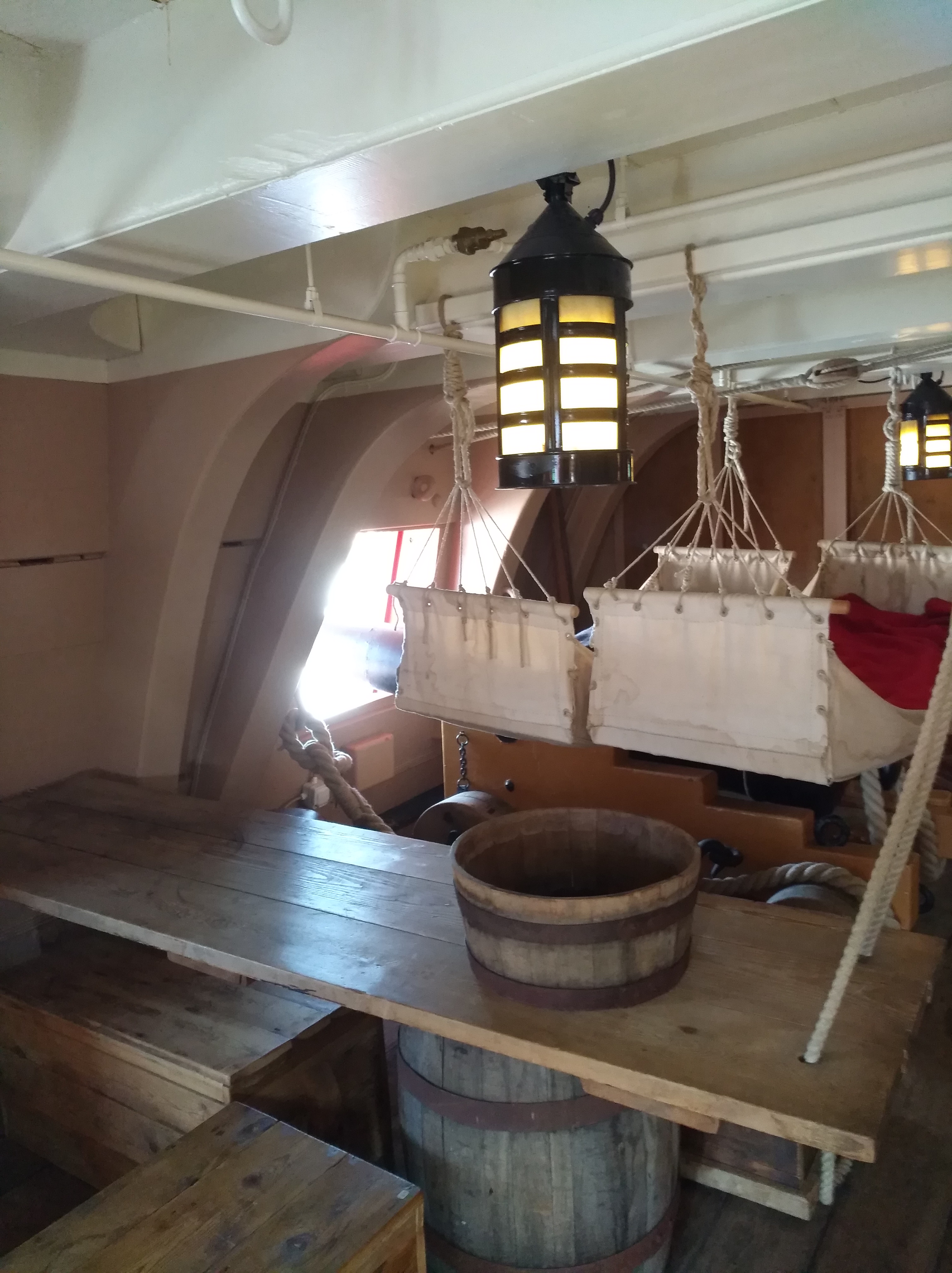
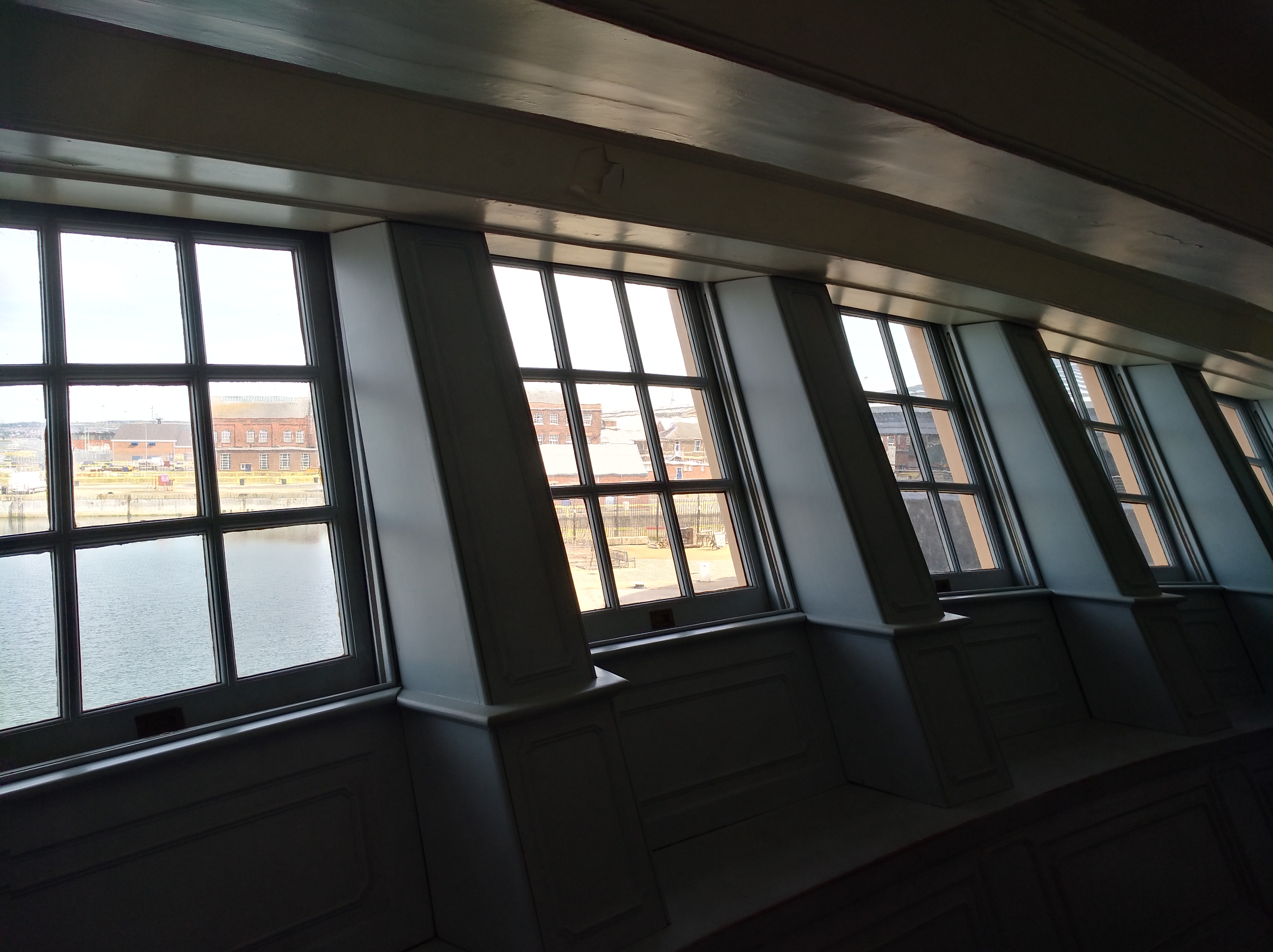
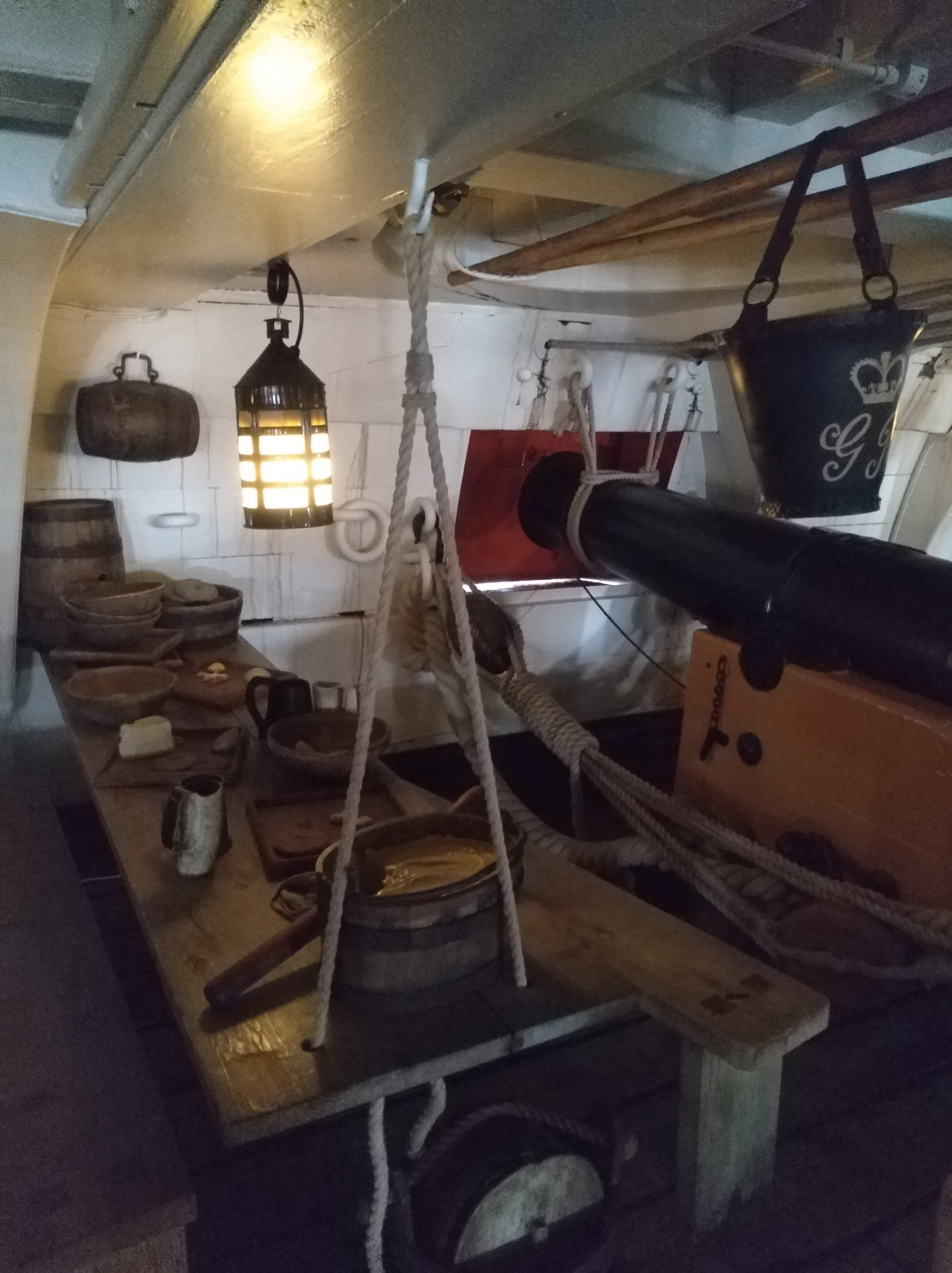

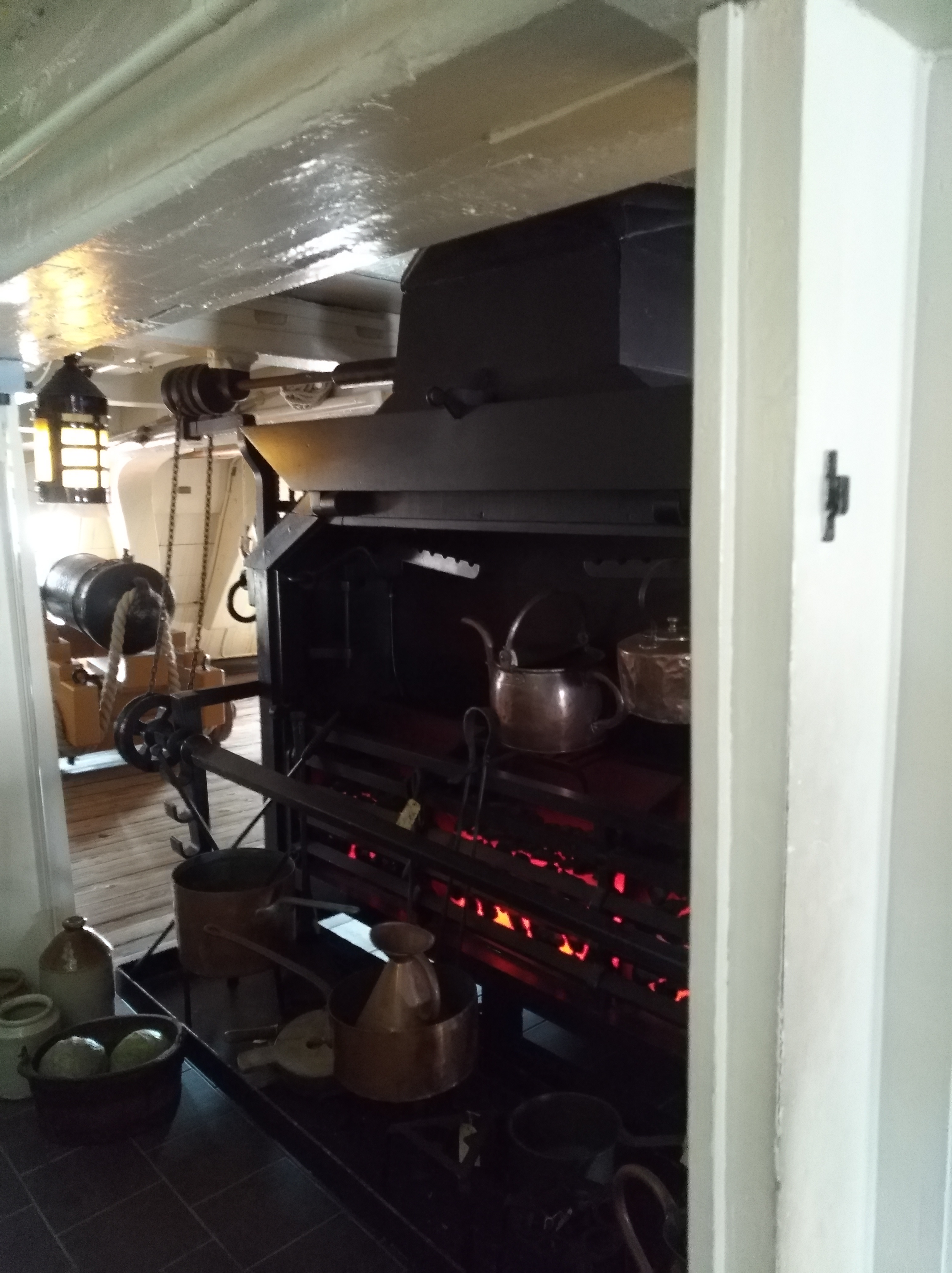



Leave a Reply